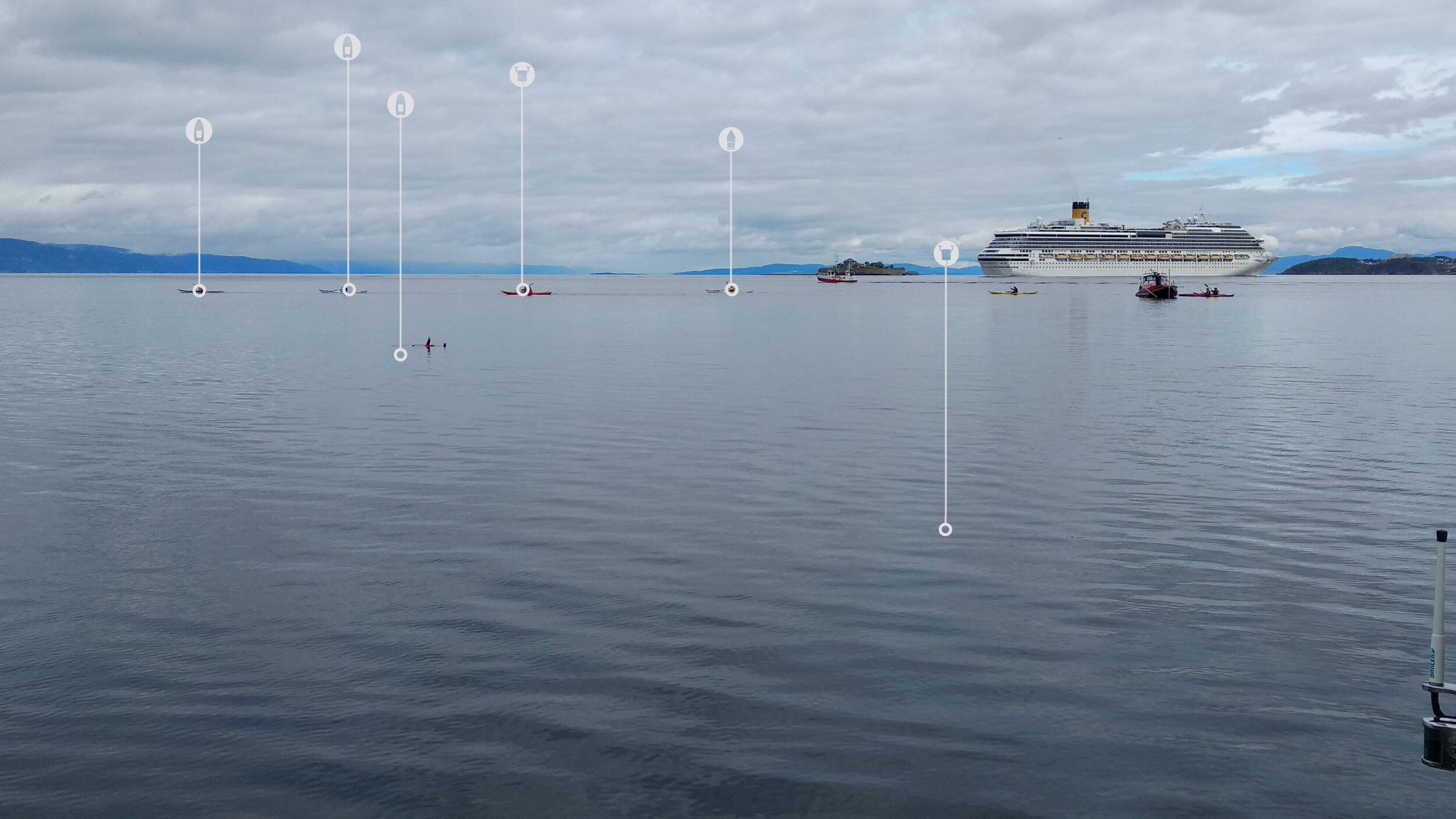
Creating achievable opportunities for offshore missions.
30 partners, 10 countries and three years EU-project to support the generation of subsea businesses.
Steering underwater vehicle swarms.
Context
Autonomous marine vehicles will change the way we do offshore operations. Efficient communication and collaboration between remotely operated vehicles (ROV) will realize the potential and improve offshore practice.
SWARMs is one of my most comprehensive projects as a project manager during my consultant career. It lasted over three years and 5000 hours and involved almost all the skillsets we had in house at one point or another. The nature of an EU-project added its own twist with 30 academic, industrial and research institute partners from 10 European countries.
Project goal
The primary goal of the SWARMs project is to expand the use of underwater and surface vehicles (AUVs, ROVs, USVs) to facilitate the conception, planning and execution of maritime and offshore operations and missions. This will reduce the operational costs, increase the safety of tasks and involved individuals, and expand the offshore sector.
The project aims to make AUVs, ROVs and USVs further accessible and useful, making autonomous maritime and offshore operations a viable option for new and existing industries. A key motivation for Inventas was to grow business from pure industrial design to smart digital solutions, especially in industry and offshore projects.
Process
As is common in EU-projects, a clear process with milestones and use of person months had been defined already in the application phase. This made the collaboration between 30 partners clearer yet challenging in terms of designing a novel solution.
Progress was documented in yearly reports and consortium gatherings were held at least twice a year. These were useful for the development and testing of the physical products. In our work, we followed our Inventas design philosophy “Explore - Create - Resolve” (Søke, Skape, Løse) based on internationally established design practice to design the user interfaces, input device and business plan. Digital and product design was done together with other partners and potential users, while the business plan for Inventas was developed mainly internally through meetings, workshops, sketching, business canvas modelling, feedback rounds with selected clients and talking with people wanting to improve the company from inside.
We worked closely with local Norwegian partners and our work package (WP) partners from Germany, Sweden, Romania, Spain and Netherlands. For us, the project consisted of defining business opportunities, strategic design, industrial design, UI and UX design and software and hardware development. My role was to allocate the tasks and hours for the team, and keep us productive and on track with the plan.
Inventas provided an easy to follow design methodology for all the partners, and in the end delivered a functional prototype of an intuitive input device for ROV steering, an ROV steering user interface, an interface for large scale mission management and the business plan for Inventas.
Below: Pictures from different project stages, from understanding and reserch to realizing the busiess plan around the physical products.


















Key takeaways
One of the goals was to expand the existing business into new markets, and on this account the project was a success, as Inventas is now established nationally as one of the big players in industrial and digital design. SWARMs gave us a tangible large-scale reference and an example set up to demonstrate for potential clients. The setup built for ROV steering enabled us to show, not just tell, our capacity for technology as well as teamwork.
There were many takeaways from the project. Personally, I learned a lot about management, the complexity and bureaucracy of publicly funded projects and the importance of communication. It was also a great opportunity to see how different companies handle their businesses and how the processes can vary. It really made me appreciate the design approach, human centric design and agile business planning.
Academic contribution:
In the beginning of the project, we developed a methodology for user interface design based on SWARMs technologies. This methodology was followed throughout the project. I believe the designed products can reduce training time of ROV pilots and so lower the threshold for starting offshore operations. This is why it was inspiring to be able to share the methodology developed to improve the business through better human machine offshore communication.
I authored the conference paper “User interface design guidelines for marine autonomous operations involving a large number of actors, devices and sensors” with SINTEF, the Norwegian Research Institute, and presented it at the Ocean, Offshore & Arctic Engineering Conference in Madrid, Spain. This is an established engineering conference and it was refreshing to bring design thinking into the mix.
More details about the SWARMs project here.